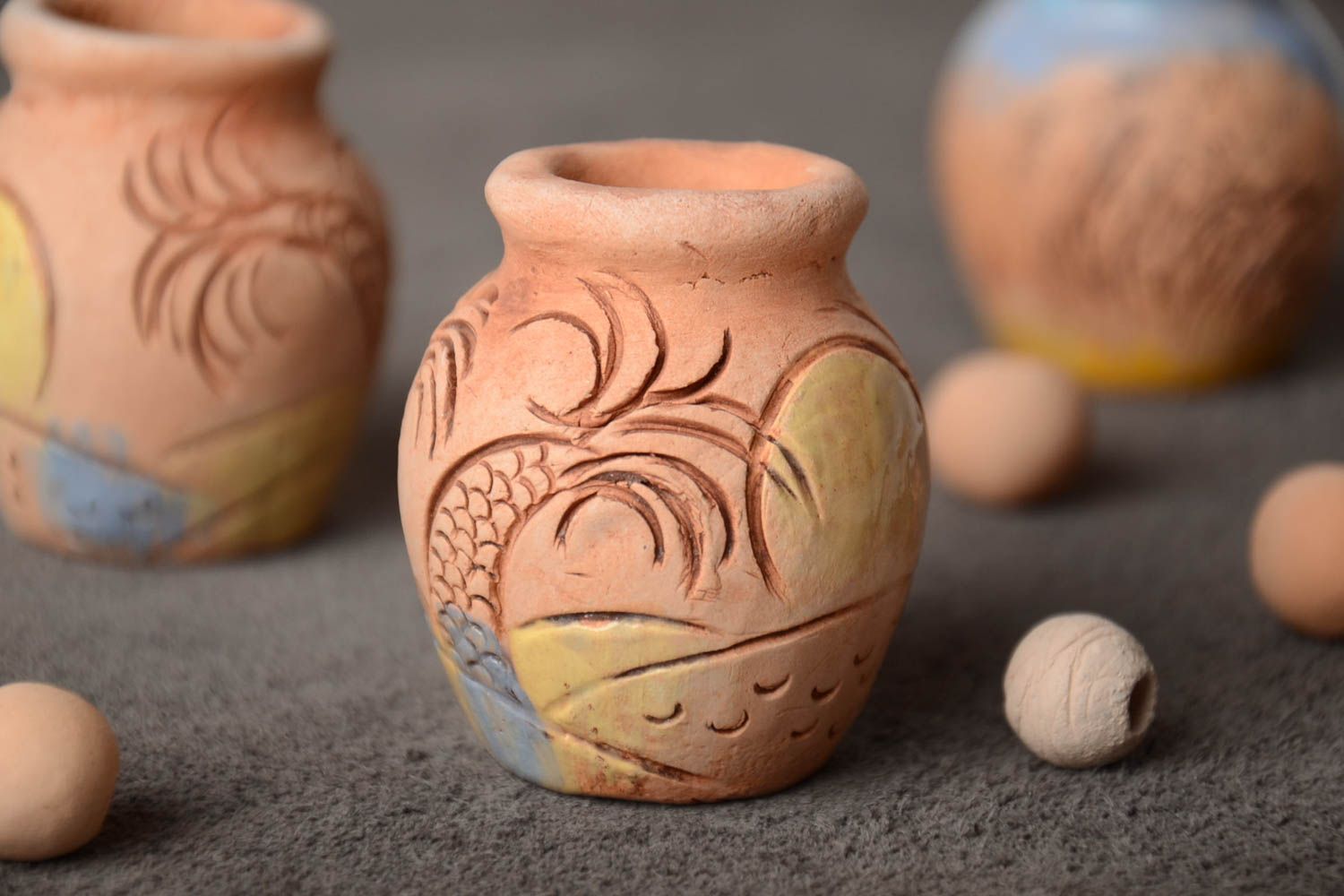Talaingod Manobo tribes make the beautiful hand-made products such as baskets and trays. The designs used in crafting such products have been handed down from generation to generation by the tribal elders.
Antequera is famously known for its basket weaving industry and is the major source of livelihood. Its basket is of world-class quality. You’ll find different products like lamps, trays, wall decors, and tableware at the Antequera Tourism Information Center being displayed.
The best day to buy your pasalubong and handicrafts is during public sales on Sundays because the vendors gives you a good deal for the products. You can choose from the different sizes, shapes and designs of baskets that just lineup the area. During this day, you’ll also get to see weavers making their wares.
Antequera’s annual festival also focuses on their basket weaving industry. The celebration is held together with the municipality’s foundation day held every March.





